The Curious Case of "Guillermo Del Toro's Cabinet of Curiosities": A Ranking and Review
- Vega

- Oct 31, 2022
- 6 min read
Release Date: October 25, 2022
Platform: Netflix
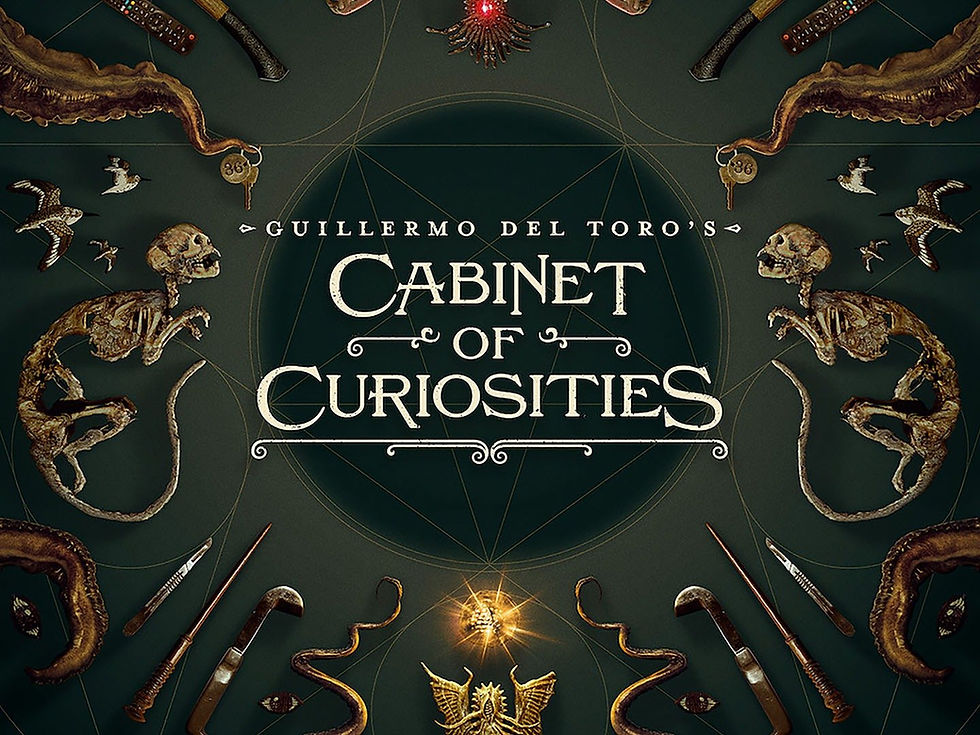
Monsters, fairy tales, and horror have never looked so beautifully human as when they are in the hands of Oscar-winning director Guillermo del Toro. After constructing notable films like Pan’s Labyrinth and The Shape of Water, Del Toro further challenges the conventional aspects of the horror genre in his new anthology series for Netflix, Guillermo Del Toro’s Cabinet of Curiosities.
Serving as a guide and narrator, del Toro hands the reigns of the eight tales portrayed in the series to a variety of directors familiar with the genre. Each story takes a drastically different approach to its focal point and core horror elements, though a very similar aesthetic bleeds across many of the episodes. Ghosts, demons, aliens, and witches all become a familiar presence, but the core of these narratives is abundantly human. As though every director wanted to homage the show’s creator, each follows a blueprint riddled with poignant imagery and deep explorations of humanity, rather than tension-building or jump scares. There is no loss of production value or design, as every episode emulates a movie quality that does not distract from the director’s stories.
As an overall series, I found myself surprisingly underwhelmed. Partly because of my towering expectations knowing Guillermo del Toro was connected to it, but also because of the hour long format. Most of the series felt like a collection of movies that were trimmed down to fit the television format, rather than being developed as an hour long tale. Pacing was a bit of a consistent issue, with narratives taking over half the allotted time to establish its characters and premise before quickly running through its climax and creatures. This proved to supply deep characterizations, but left the horror department severely lacking. Outside of a few episodes, conclusions were always met with the feeling that it needed another 10-15 minutes to actually leave an imprint. Nevertheless, Cabinet of Curiosities is filled with a lot of promise and a few gems that carry with them the potential for future seasons.
Episode Ranking
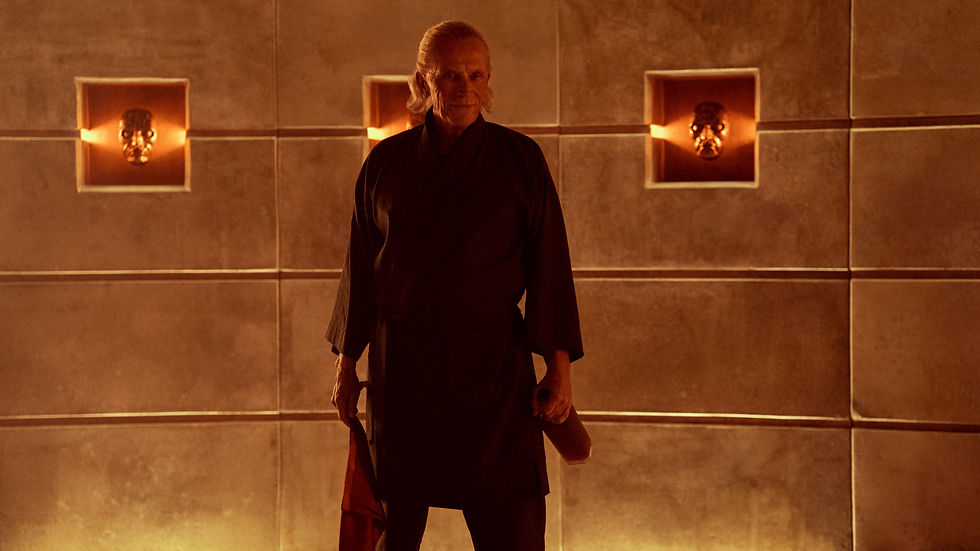
8. The Viewing
Director: Panos Cosmatos
A mishmash of personalities receive an invitation to the home of the eccentric and wealthy Lionel Lassiter (Peter Weller) who shares his booze, drugs, and the meteor he has acquired with his guests. There was something excruciatingly dull about this dialgoue-driven entry. There was a large cloud of oddity positioned over this entry, but the strange inclinations of Weller's Lionel never translated into a sense of interest. Rather, the odd conversations served around a table fueled by booze and cocaine feel directionless. They clunkily lead into an extraterrestrial reveal rivaling the best B-level horror films with its sci-fi villain abilities and flat ending that is supposed to leave an ominous feeling, but is just the permission to start the next episode.

7. Graveyard Rats
Director: Vincenzo Natali
When a grave robber finds a score that could settle his debts, his competition with the graveyard rats becomes deadly as he learns just how deep his greed could bury him. As much as I wanted a greater push for visceral horror elements throughout the series, which Graveyard Rats delivers, the story they were attached to is one of the most easily forgettable. At first, the premise feels really random and loosely connected, but establishing the main character as a form of a rat himself, does push an extra layer into its simple narrative. Ultimately, you get a bit of creature feature mixed with claustrophobia and a tinge of a supernatural element, so it can check a box for a wide variety of viewers, but you will forget it once it ends.
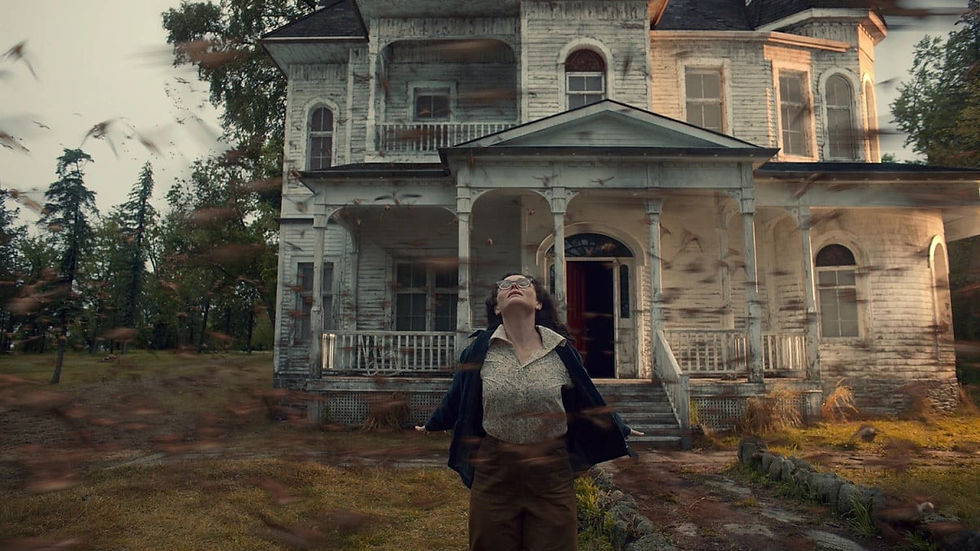
6. The Murmuring
Director: Jennifer Kent
Still reeling from the death of their daughter, ornithologists Nancy (Essie Davis) and Edgar (Andrew Lincoln) travel to a remote location to study murmurations when relational tensions become tested after Nancy starts seeing ghosts of the house’s former inhabitants. This episode was so close to pushing past the brink of its mediocrity, but where it could have zigged deeper into its ghostly elements it zagged away and rested on the tension between its married leads. The emotions of this story are well-established and the struggle between Nancy and Edgar is well-crafted by its actors. The symbolism of the murmurations is elegantly woven into the narrative of grief and release, which is felt from beginning to end. Again, the horror elements are lacking greatly here and were a bit disjointed in delivery, as well matched to the story as it was.

5. Dreams in the Witch House
Director: Catherine Hardwicke
After witnessing his twin sister die and her spirit be torn away, Walter (Robert Grint) has dedicated his life to finding a way to save her, but his efforts draw the attention of an evil witch and her familiar. This episode had some of the best imagery of the series, with the Forest of Lost Souls and the witch's designs really standing out. As a horror product, spending more time in this narrative's form of purgatory would have raised the creep factor. The focus on and ultimate fate of the witch's familiar is what drives this story down for me, as the creepy wood witch appears more of an afterthought. This is actually quite an involved story with many layers and resolutions to be made, though it gets lost establishing some unnecessary details that muddy the better plot threads.
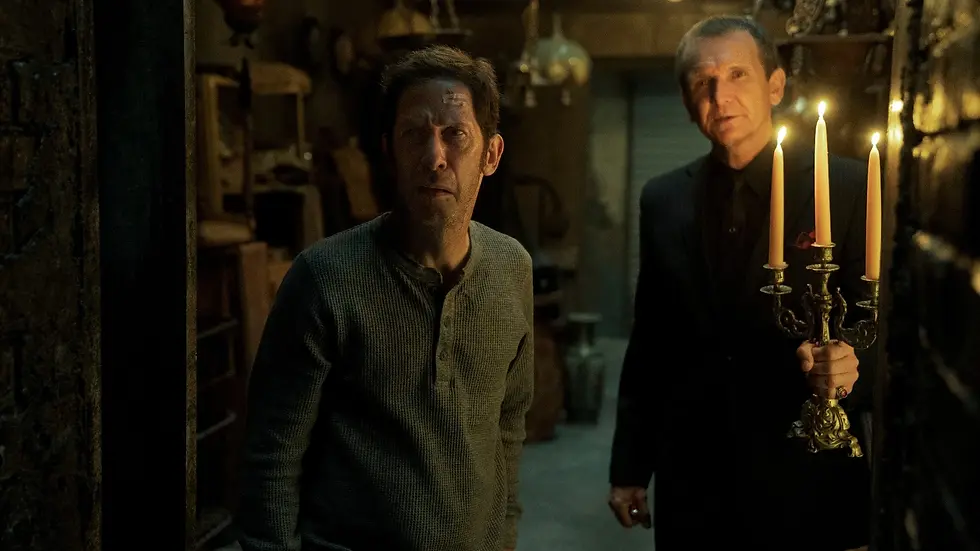
4. Lot 36
Director: Guillermo Navarro
Indebted to a violent people, Nick purchases a storage unit at auction hoping to score big, but finds something demonic instead. Perhaps the episode with the most squandered potential, Lot 36 has a lot of success building an antagonist and establishing an interesting lore, all while keeping a dreary and foreboding atmosphere. There is a viscerally striking reveal as it leans full force into its demonic storyline and a satisfying comeuppance for Nick. However, the episode spends the majority of its time setting up its story and, thus, takes too long getting to its third act, losing a lot of the momentum it builds early on. As the premiere episode, it captures both the best and worst habits of the series' narratives.
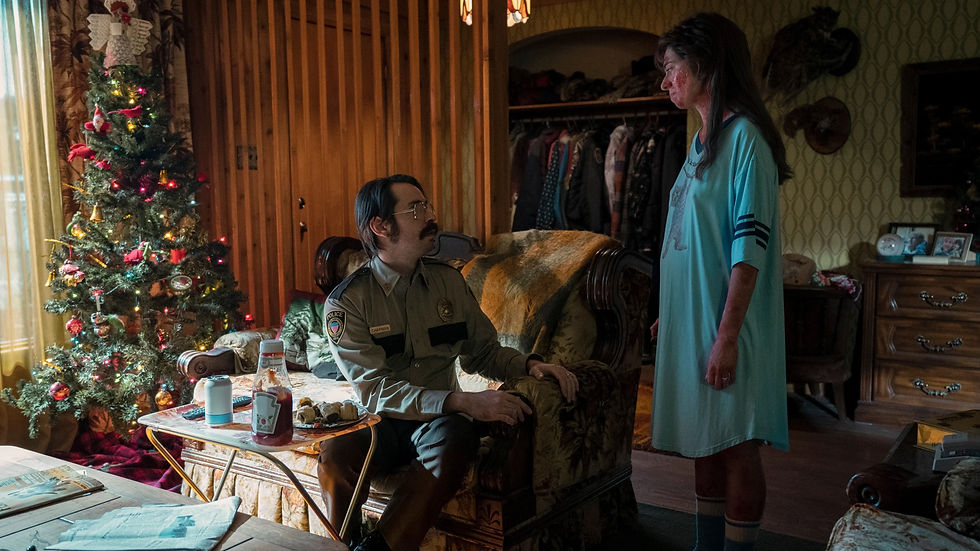
3. The Outside
Director: Ana Lily Amirpour
Longing to fit in with the pretty and popular ladies at her job, awkward outcast Stacey (Kate Miccuci) ignores the warnings of her husband, Keith (Martin Starr), after she develops a bad rash from the miracle lotion she was gifted. Amirpour delivers the most socially relevant entry as Stacey struggles with her self-esteem while confronted with the power of media and social pressure. Infused with a subtly disgusting display of body horror, The Outside emits just enough grossness to balance the deeper implications of Stacey's transformation. There is a poetic element to the addiction to be perfect and Stacey's interplay with the lotion. The additional murderous turn was a fun further descent into the madness that did not shift the focus and continued to build the final characterization of our damaged character.
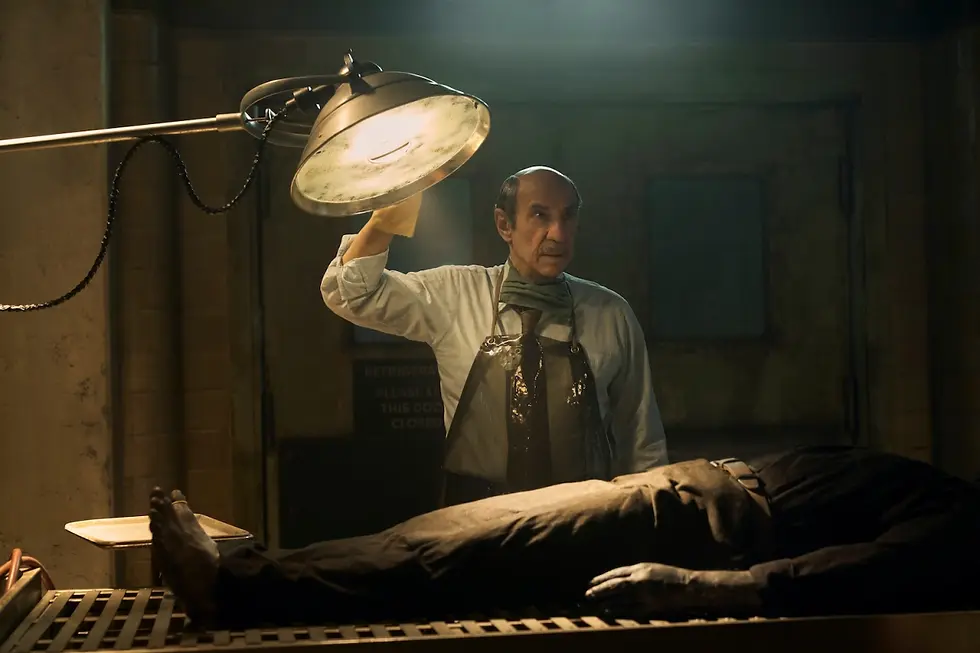
2. The Autopsy
Director: David Prior
Dr. Winters (F. Murray Abraham) fulfills a friendly favor and autopsies a collection of miners who died in a mysterious circumstance, only to find an extraterrestrial threat that eyes him next. You will be hard pressed to find a poor acting performance in this series, but not many episodes are pulled along so strongly by a singular performance as The Autopsy is by Abraham's Dr. Winters. A simple crime and mystery element maintains the interest in what Winters uncovers in his autopsy. The autopsies themselves are well constructed with realistic body parts and a scientific specificity that elicit a legitimacy of the story's details. Although its creature design and origin felt a little uninspired, the doctor's final decisions successfully transitions the narrative's focus from the mystery to its weightier exploration of mortality.

1. Pickman’s Model
Director: Keith Thomas
After being exposed to the grotesque works of Richard Pickman (Crispin Glover), art student Will Thurber (Ben Barnes), is plagued with terror into his adult years, when he gets an opportunity to confront Pickman about his dark art. It was suprising to find this art-centered tale towards the top of the list, let alone taking the top spot, but a unique narrative and haunting imagery elevate the performances of the lead actors. There is a lot of tragedy that establishes an impactful emotional tone, all of which culminates in a scorching conclusion that sees the horrific impact of Pickman's art on the Thurber family.
If you enjoyed this content, please follow Geeky Therapy on Facebook and Instagram to stay up to date with all posts and reviews.






Comments